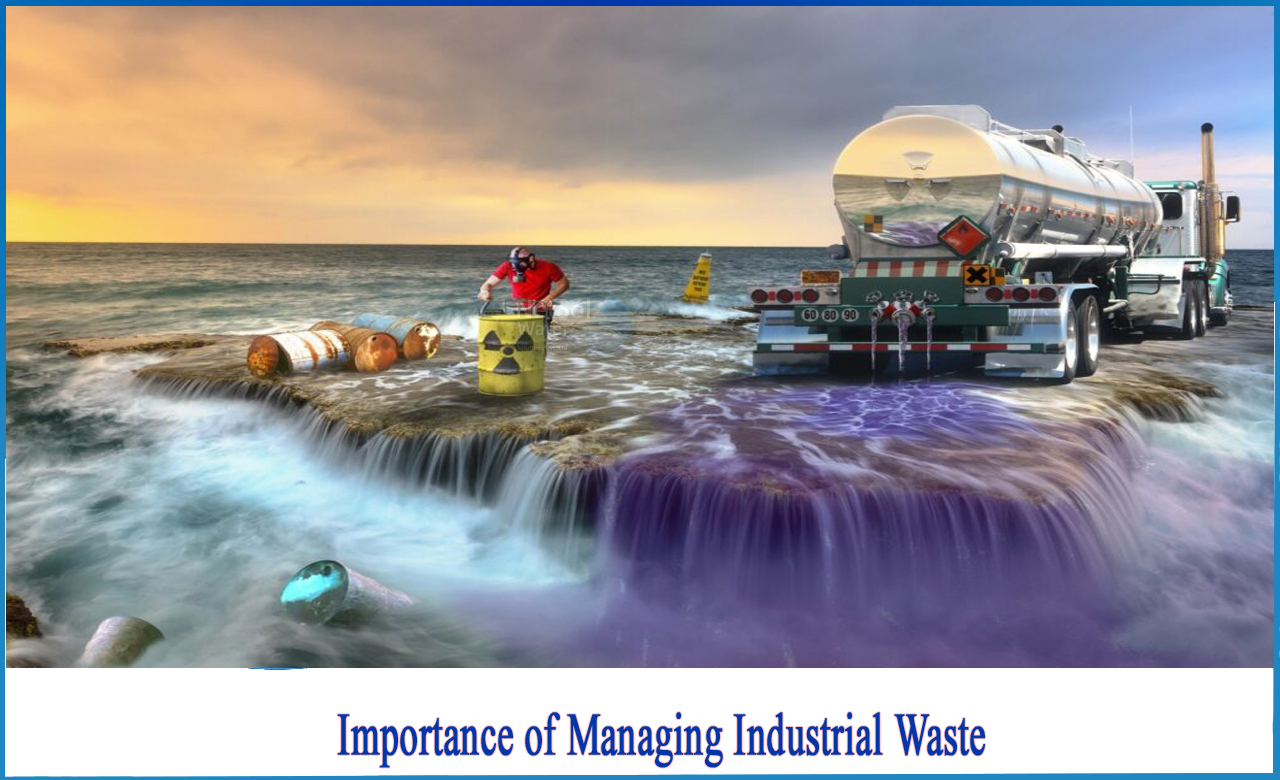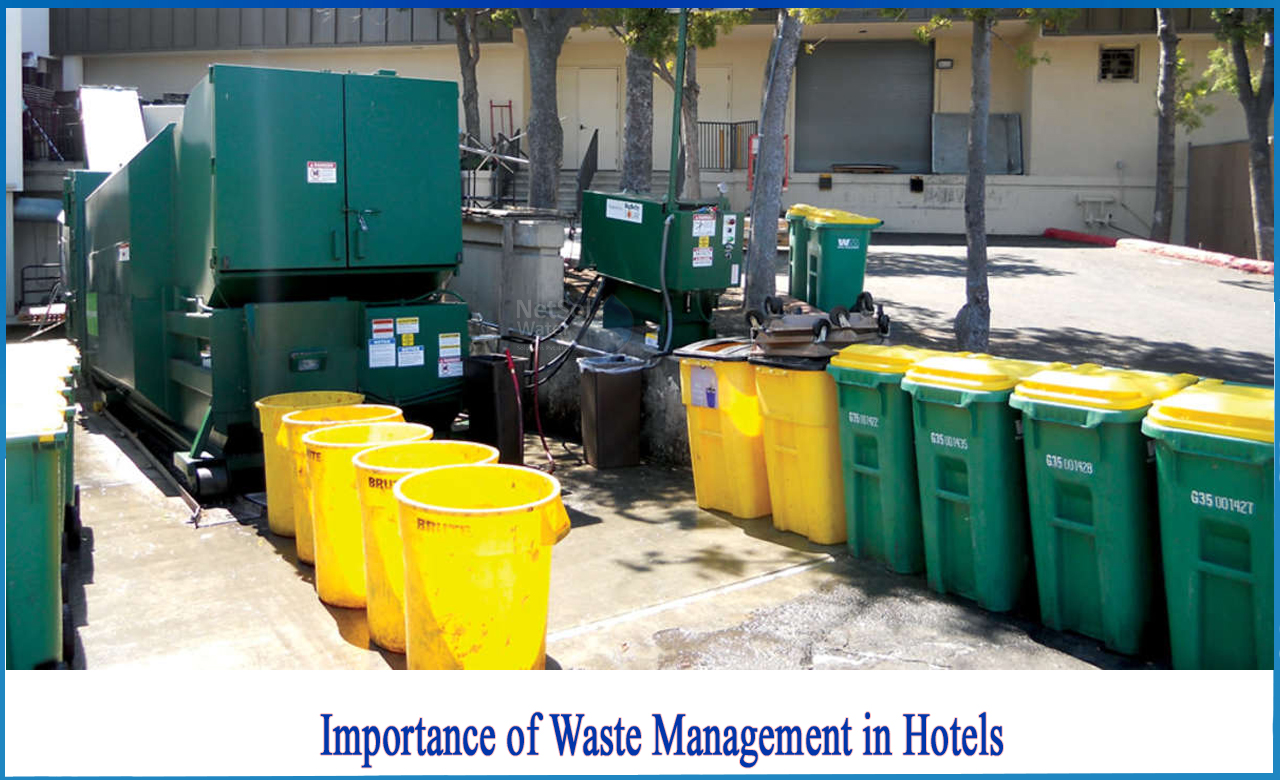6 Simple Techniques For Reclaim Waste
Table of ContentsHow Reclaim Waste can Save You Time, Stress, and Money.Rumored Buzz on Reclaim WasteThe 3-Minute Rule for Reclaim WasteReclaim Waste Can Be Fun For EveryoneSome Known Details About Reclaim Waste
Explore the kinds, occurrences, and forms of fluid waste. Domestic sewer waste refers to the waste and items from a residential septic tank. This sort of waste is created by people in homes, schools, and various other buildings. This only consists of sewage-disposal tanks that have a drainpipe field. The proper monitoring and disposal of residential sewage waste need liquid waste to be moved to a sewage therapy plant where the appropriate methods and devices are related to purify and throw away waste.
Commercial waste often consists of potential dangers, such as combustible materials or a combination of liquid and solid waste items, and calls for a much more advanced and in-depth disposal procedure. The disposal of industrial waste typically entails the filtering of waste prior to transport to guarantee risk-free and correct disposal. Industrial waste is produced from results and drainage of industrial procedures and production.
This sort of waste can not make use of the same sewage monitoring transport or processes as septic or commercial liquids. The hazardous waste monitoring procedure requires the evaluation and screening of fluid waste before it undertakes the disposal process (liquid waste removal melbourne). Runoff waste is the fluid waste that comes from overflow and excess stormwater in very booming areas or cities
Overflow waste can trigger contamination and flooding if not handled correctly. Discover more regarding sewage system cleansing and waste management. Making sure appropriate waste administration can protect against calamities and lower ecological damage. Both people in household setups and professionals in business or production industries can benefit from recognizing the procedures and policies of liquid waste administration.
Some Ideas on Reclaim Waste You Should Know
Contact PROS Solutions today to find out about our waste administration and disposal solutions and the proper methods to care for the liquid waste you create.
(https://writeablog.net/reclaimwaste1/reclaiming-resources-a-comprehensive-guide-to-industrial-wastewater-treatment)Do you understand what occurs to your water when you disengage, purge the commode or drain pipes the cleaning maker? No? Well, it's worth knowing. This supposed 'wastewater' is not just a crucial resource yet, after therapy, will certainly be released to our land, rivers or the sea. Utilized water from commodes, showers, baths, cooking area sinks, washings and industrial procedures is called wastewater.

water made use of to cool equipment or clean plant and equipment). Stormwater, a type of wastewater, is runoff that streams from agricultural and metropolitan areas such as roofs, parks, yards, roads, courses and rain gutters into stormwater drains, after rainfall. Stormwater streams untreated straight to local creeks or rivers, at some point reaching the sea.
An Unbiased View of Reclaim Waste
In Queensland, the majority of wastewater is treated at sewage therapy plants. Wastewater is transferred from domestic or industrial sites through a system of sewage systems and pump terminals, referred to as sewerage reticulation, to a sewage treatment plant. City governments construct, maintain and run most sewage treatment plants. Operators are licensed under the Environmental Defense Act 1994 to release cured wastewater at an acceptable environmental requirement into waterways.
The Department of Natural Resources suggests city governments about managing, operating and keeping sewage systems Website and therapy plants. In unsewered locations, regional governments may require householders to mount specific or house sewer treatment systems to treat domestic wastewater from commodes, cooking areas, washrooms and washings. The Department of Natural Resources authorises making use of house systems when they are confirmed to be reliable.
In some brand-new class, treatment of some stormwater to remove clutter, sand and gravel has started using gross toxin traps. Wastewater therapy happens in 4 stages: Gets rid of solid issue.
Wastewater then moves into huge tanks where solids settle and are eliminated as sludge. Oil and scum are skimmed from the surface area. Uses small living organisms referred to as micro-organisms to damage down and eliminate continuing to be dissolved wastes and great particles. Micro-organisms and wastes are integrated in the sludge. Eliminates nitrogen and phosphorus nutrients that can cause algal blossoms in our waterways and endanger water life.
How Reclaim Waste can Save You Time, Stress, and Money.
Nutrient removal is not offered in any way sewer therapy plants because it calls for expensive specialised equipment. It is ending up being a lot more usual in Queensland. Clear fluid effluent generated after therapy may still contain disease-causing micro-organisms. If this effluent is released into waterways such as rivers or the sea, the micro-organisms will eventually die out.

This typically implies wastewater has to be dealt with or impurities gotten rid of before it can be discharged to rivers. The majority of wastewater streams into the sewerage system. Under the Act, neighborhood federal governments provide approvals and permits for eco appropriate activities (ERAs) entailing wastewater launches that might have a local influence. The division administers authorizations and licences to ERAs entailing wastewater releases that might have a local or statewide effect.
The Greatest Guide To Reclaim Waste
Otherwise, examples are taken for research laboratory analysis. Typically many examinations are needed to develop the levels of each of the various pollutants such as oils, heavy steels and pesticides in water. Surveillance provides valid information about water high quality and can validate that licence conditions are being fulfilled. The information acquired via tracking supplies the basis for making water quality choices.